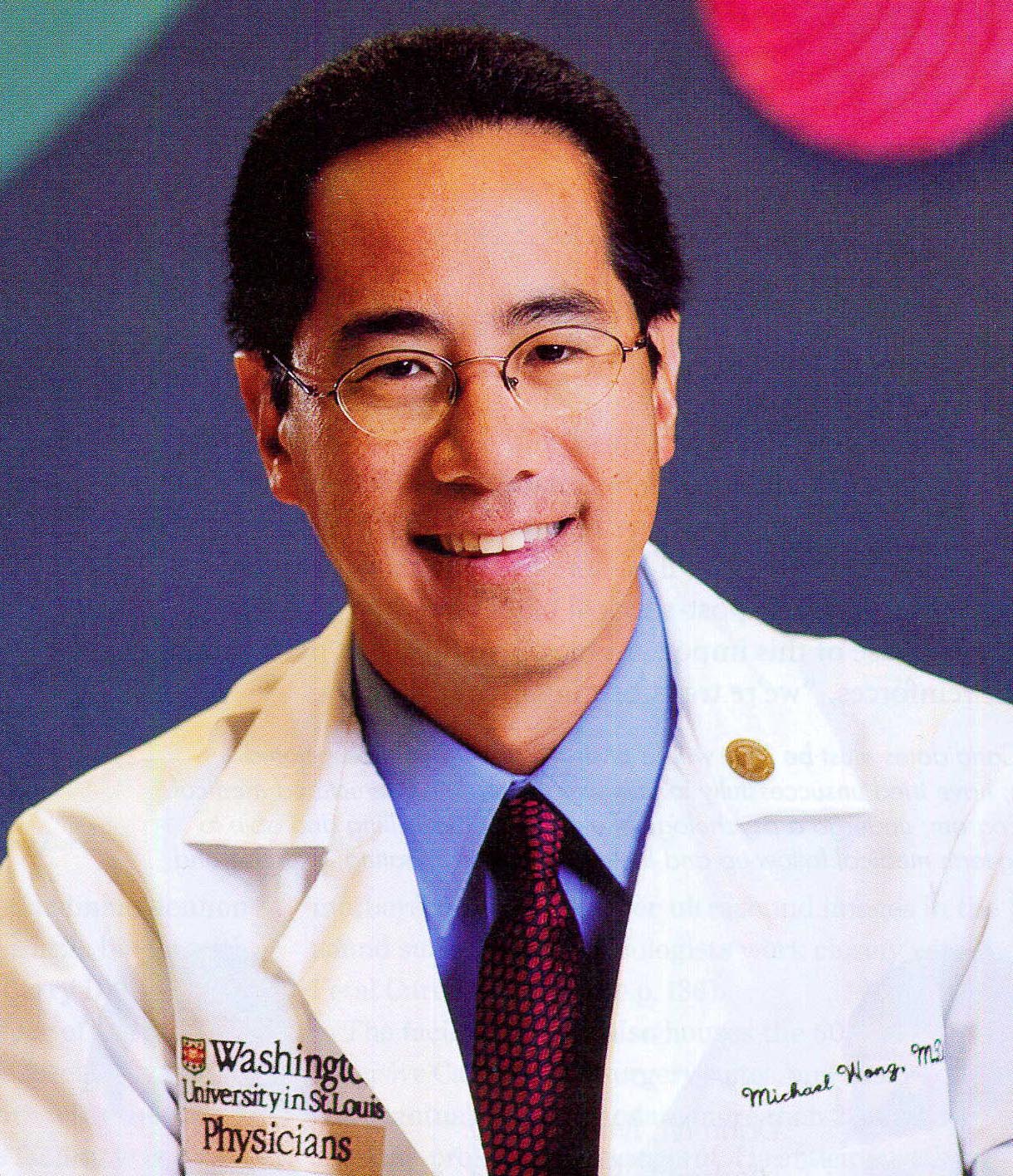Tuberous Sclerosis Complex
The Role of Blood-Brain Barrier Dysfunction in Epilepsy in Tuberous Sclerosis Complex



Posted February 21, 2024
Michael Wong, M.D., Ph.D., Washington University in St. Louis
 Dr. Michael Wong
Dr. Michael Wong(Photo Provided)
Tuberous sclerosis complex is a genetic disorder characterized by non-cancerous tumors that form in the brain, heart, lungs, and other organs, and severe neurological symptoms, such as epilepsy.1, 2 Epilepsy, a neurological disorder characterized by recurrent seizures,3 and other neurological deficits often represent the most disabling problems in patients with tuberous sclerosis complex, causing decreased quality of life and increased mortality. Epileptic seizures cause several complications, such as functional disability, loss of independence, social isolation, and increased risk of bodily injury and death. Further, these seizures may exacerbate comorbidities of epilepsy in tuberous sclerosis complex, such as intellectual disability, behavioral issues, and other tuberous sclerosis complex-associated neuropsychiatric disorders.4
Dysregulation of the mechanistic target of rapamycin, mTOR pathway, a master regulator of cellular growth, due to mutation of either the TSC1 or TSC2 gene promotes tumor growth in various organs.5 The causes of neurological manifestations of tuberous sclerosis complex are poorly understood, but usually appear to be independent of overt tumor growth. Along with recent advancements in the treatment for tuberous sclerosis complex, one of the Tuberous Sclerosis Complex Research Program's focus areas is on preventing epilepsy, improving treatment, and mitigating neurodevelopmental adverse outcomes associated with tuberous sclerosis complex-related seizures.
Dr. Michael Wong at Washington University in St. Louis received a 2020 Exploration - Hypothesis Development Award from the Tuberous Sclerosis Complex Research Program to investigate the novel concept that vascular mechanisms and penetrability of the blood brain barrier are involved in the development of epilepsy. Using a mouse model of tuberous sclerosis, Wong tested the effectiveness of drugs that modulate brain penetrability as potential treatments for epilepsy. The central hypothesis of this proposal was that certain dysfunctional cells promote the development of epilepsy through an mTOR- and vascular endothelial growth factor-dependent regulation of the blood brain barrier.
As described in a recent Epilepsia publication,6 Wong and his team used a genetically engineered mouse model of tuberous sclerosis complex to test their hypothesis. They treated the mice with three drugs: an mTOR pathway inhibitor, rapamycin; a tyrosine kinase inhibitor, apatinib; and a transforming growth factor β inhibitor, RepSox; and compared with a controlled vehicle. Vehicle-treated TSC1 knockout mice showed abnormally increased blood vessel formation in the brain, which was reversed by treatment with rapamycin or apatinib.
This research supports the idea that abnormalities in vascular mechanisms and the permeability of the blood brain barrier are possible causes of tuberous sclerosis
References:
1Curatolo P, Bombardieri R, Jozwiak S. Tuberous sclerosis. Lancet. 2008 Aug 23;372(9639):657-68. doi: 10.1016/S0140-6736(08)61279-9. PMID: 18722871.
2Henske EP, Jóźwiak S, Kingswood JC, Sampson JR, Thiele EA. Tuberous sclerosis complex. Nat Rev Dis Primers. 2016 May 26;2:16035. doi: 10.1038/nrdp.2016.35.
3https://www.mayoclinic.org/diseases-conditions/epilepsy/symptoms-causes/syc-20350093
4Curatolo P, Moavero R, de Vries PJ. Neurological and neuropsychiatric aspects of tuberous sclerosis complex. Lancet Neurol. 2015 Jul;14(7):733-45.
5Inoki K, Corradetti MN, Guan KL. Dysregulation of the TSC-mTOR pathway in human disease. Nat Genet. 2005 Jan;37(1):19-24. doi: 10.1038/ng1494. PMID: 15624019.
6Guo D, Zhang B, Han L, Rensing NR, Wong M. Cerebral vascular and blood brain-barrier abnormalities in a mouse model of epilepsy and tuberous sclerosis complex. Epilepsia. 2023 Dec 4. doi: 10.1111/epi.17848. Epub ahead of print. PMID: 38049961.
Link:
Public and Technical Abstracts: The Role of Blood-Brain Barrier Dysfunction in Epilepsy in TSC
Last updated Wednesday, March 12, 2025














